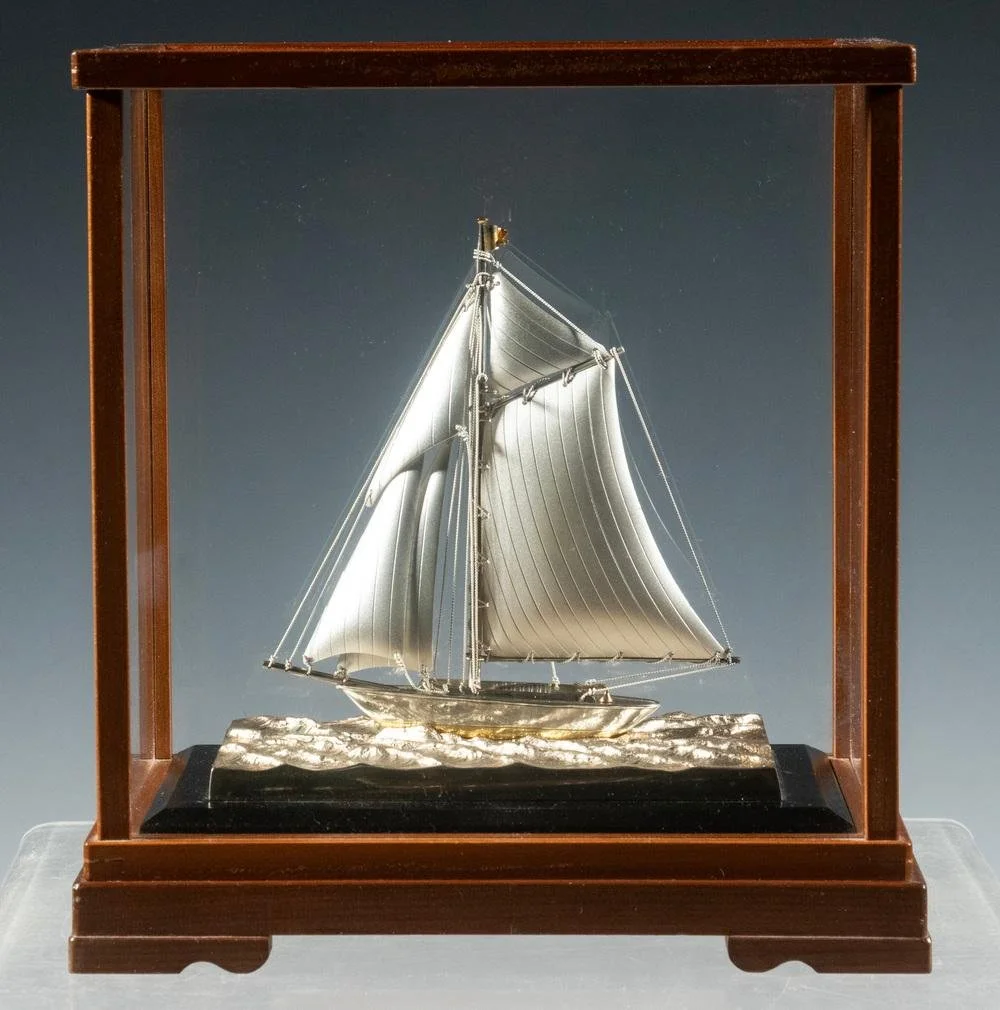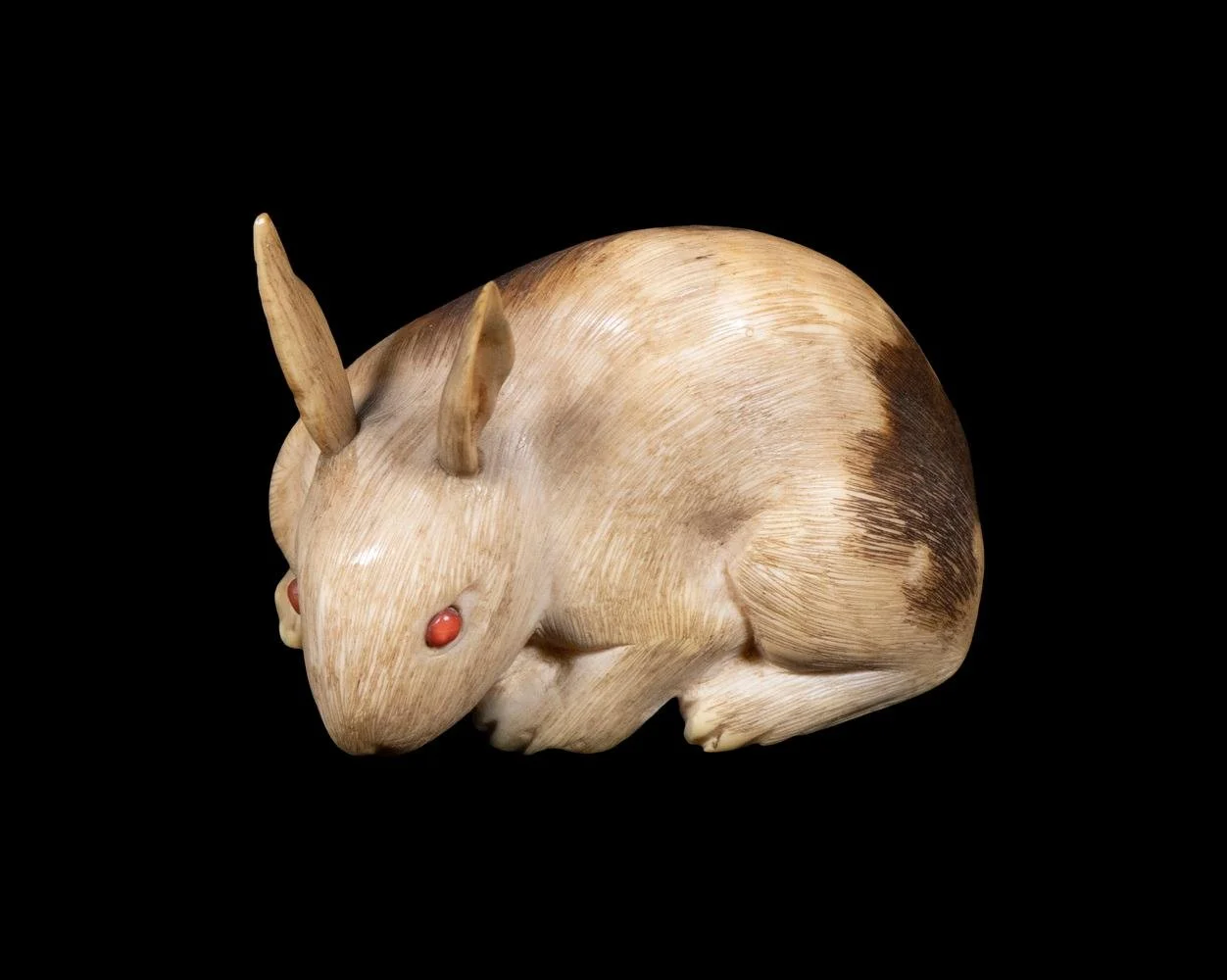Introducing Auction Waves: The Launch of Our Exclusive Audio Presentation
We are pleased to announce the launch of our new podcast series reporting on the ebb and flow of the auction world. Auction Waves is an exclusive audio presentation of Thomaston Place Auction Galleries.
For the collector, pride of ownership is the reward that follows the excitement of the search, the thrill of the hunt, the passion for the unique and irreplaceable. But for those who choose to surround themselves with the artifacts of the past there’s another reward that's just as valued – those moments of quiet reflection where you stop and consider that you aren’t merely a collector, you're also a caretaker, a custodian forming the latest link in a chain of ownership extending from the past into the future. That chair in your corner, that painting on your wall, that ring on your finger – who made it? Who touched it first? What chain of events carried that item from its point of origin to you? Sometimes there’s a clear and well-documented story – sometimes there's informed speculation – sometimes just an educated guess. Here at the Galleries, we're big believers in tracking down those stories, and in the upcoming series of audio programs, we hope to consider the history of some of the interesting items that cross our auction block.
The TPAG staff are hard at work on preparations for our upcoming auction of Japanese Art and Antiques on Friday May 2nd. Inventory, marketing, logistics, and event production all must come together without a hitch before auctioneer Kaja Veilleux steps to the platform and the excitement of another live auction gets underway. Over five hundred lots will be on the auction block for this event – and as you review the catalog online, you can’t help but wonder… From a tiny crouching rabbit hand-carved from a bit of antler to a gleaming lacquer cabinet that commands attention in any room to a life-sized intricately-articulated bronze crab -- how did these items, many of breathtaking beauty, and some of them hundreds of years old, end up in Maine? In many cases, the answer lies – as is so often the case – in our area’s heritage of maritime trade.
For New England mariners of the nineteenth and early twentieth centuries, the world offered sights and experiences not to be had in the small coastal towns from which so many of them came, and it was natural that they would want to commemorate their travels with distinctive mementoes of the various lands where they made port. In 1854, the first trade treaty signed between the United States and Japan opened two key Japanese ports to American merchant vessels. Four years later a new treaty opened additional ports, inaugurating a new era of trade between the two nations. Maine captains and Maine crews were an active and important part of that trade and items they brought home with them as mementoes remain as a substantial legacy of that era.
Chris Timm, executive director of the Maine Maritime Museum in Bath will be joining us to explore that connection… stay tuned for the first episode and the launch of our new podcast. We're building a community here, and we don't want you to miss out!
In the meantime, for assistance with bidding and registration, please telephone: +1 (207) 354-8141
Register online at live.thomastonauction.com
For all other enquiries please contact us.



